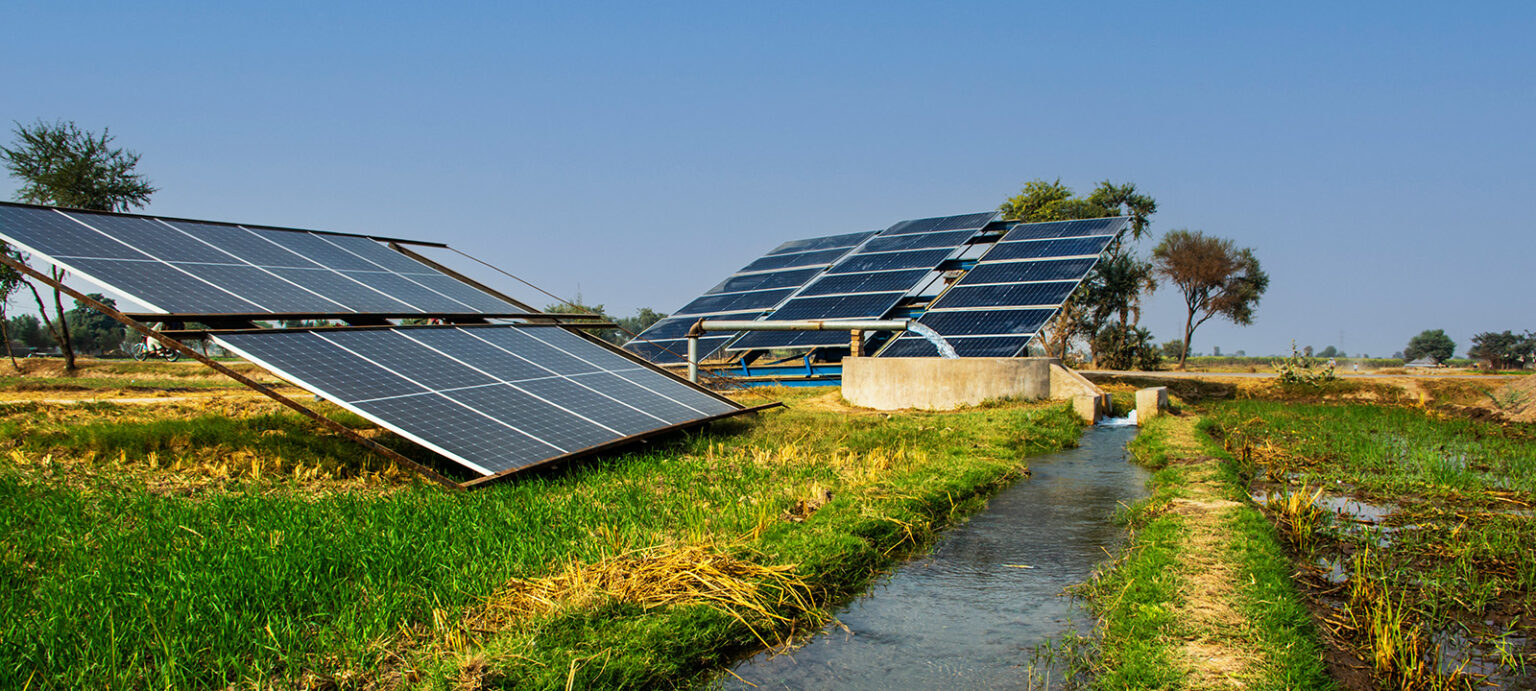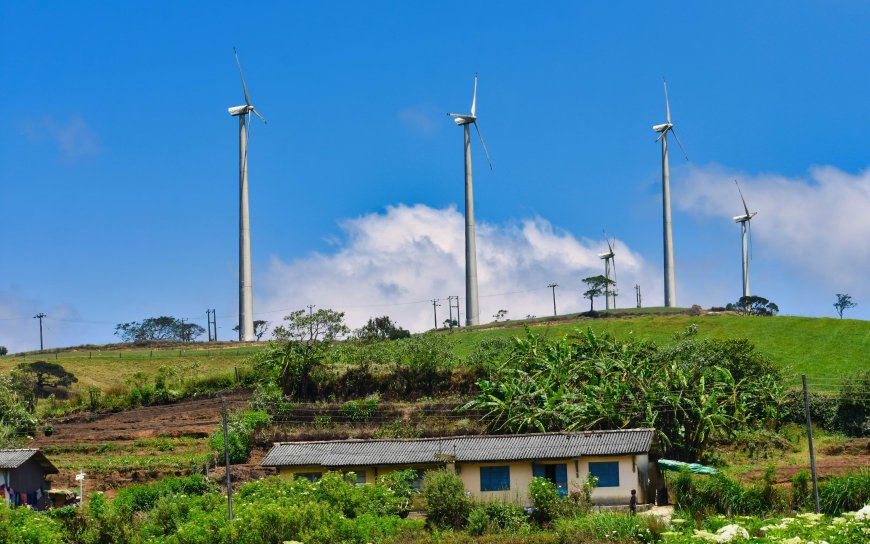Ethiopia is racing to expand renewable power from giant hydropower plants and fast-growing solar parks to geothermal wells and community mini-grids in a push aimed at strengthening climate resilience, accelerating electrification, and unlocking industrial growth. In the last year, the World Bank and other financiers have launched multi-hundred-million-dollar programmes to extend electricity access to millions more Ethiopians, while the country brings major hydropower and geothermal projects online and attracts private investors in solar manufacturing and independent power producer (IPP) deals.
Ethiopia’s strategy has two clear drivers: eliminate stubborn energy poverty and reduce vulnerability to climate shocks that disrupt hydropower and livelihoods. The World Bank’s newest programme, announced in 2025, targets expanding electricity access to roughly six million people through grid extension, mini-grids, and off-grid solutions, alongside reforms to attract private capital. This funding and technical support comes on top of ongoing donor packages meant to strengthen distribution networks and enable private renewable generation.
What’s Being Built and Why It Matters
The Grand Ethiopian Renaissance Dam (GERD) has added several thousand megawatts to Ethiopia’s domestic generation capacity, forming the backbone of plans to expand industry and increase electricity exports. While it strengthens Ethiopia’s energy position, the project also heightens geopolitical tensions over Nile water resources and leaves the country vulnerable to hydrological risks if droughts intensify.
To diversify away from a hydropower-heavy mix, the government is accelerating solar, wind, and geothermal development. International developers have announced large solar IPPs and factory investments. For example, Japanese firm TOYO is building a 2 GW solar-cell facility tied to the U.S. supply chain, while companies like Masdar have signalled major solar capacity investments. At the same time, Ethiopia has launched auction rounds for multi-hundred-megawatt solar projects and several wind farms, signalling stronger private-sector appetite for its renewable market.
Geothermal is a strategic focus because the Rift Valley holds significant untapped potential. Projects such as Corbetti, Tulu Moye, and Aluto Langano aim to deliver stable baseload renewable power that complements variable solar and wind. Development partners view geothermal as a climate-proof source for industrial electrification if exploration and drilling risks can be managed.
Off-Grid Solutions for Rural Ethiopia
Off-grid and mini-grid solutions are central to Ethiopia’s National Electrification Programme. Backed by the World Bank and other donors, mini-grids and distributed systems are being deployed in agricultural regions and refugee-hosting areas to power irrigation, clinics, and schools. These projects are proving to be an effective way to raise incomes and resilience in rural communities.
Several pilot programmes combine solar mini-grids with water-pumping systems for irrigation, aiming to improve food security while supporting climate adaptation. These integrated solutions not only supply power but also address water shortages, boosting agricultural productivity and community well-being.
The Benefits: Jobs, Industry, and Cleaner Air
The expansion of renewable energy promises broad benefits. Locally, manufacturing and assembly jobs are emerging, particularly in regions like Hawassa, which is pushing to become a green manufacturing hub. Cheaper and more reliable electricity is expected to encourage factory growth, reduce household dependence on polluting fuels, and improve air quality.
From a macroeconomic perspective, Ethiopia’s renewable projects could attract climate finance and carbon credit opportunities. These financial tools could help leverage the results of renewable projects into further investments in infrastructure, technology, and rural electrification.
Also read: Solar vs. Electricity Which Is More Suitable and Affordable for Households?
Despite the optimism, Ethiopia’s renewable energy expansion faces notable challenges.
- Climate Vulnerability of Hydropower
Hydropower still dominates Ethiopia’s electricity mix, which makes the system vulnerable to fluctuating rainfall patterns, a growing risk under climate change scenarios. - High Upfront Costs
Large renewable projects, especially geothermal, require substantial upfront investment for exploration, drilling, and transmission infrastructure. Securing this funding in a timely manner remains a challenge. - Grid Bottlenecks
Integrating large volumes of solar and wind into the national grid demands upgrades to transmission and storage infrastructure. Without these improvements, generation capacity may outpace the ability to deliver electricity reliably to end-users. - Regulatory Hurdles
Investors have raised concerns about policy uncertainty, slow procurement processes, and complex regulatory requirements that can delay project timelines.
Financing the Transition
Major multilateral support including recent World Bank packages has been vital in moving projects forward. Additional financing is coming from bilateral lenders, climate funds, IPP contracts, and private industrial investments such as solar cell manufacturing plants.
However, experts suggest Ethiopia should explore more blended finance models to share exploration risks, especially in geothermal projects. Clearer procurement frameworks and faster approval processes could encourage more private participation. Strengthening grid planning is also crucial to ensure new capacity is matched by the ability to distribute power efficiently.
Also read: How a Nigerian Monarch is Electrifying His Kingdom with Renewable Energy
What to Watch Next
- Private Sector Auctions
The pace and competitiveness of upcoming IPP auctions for solar, wind, and geothermal projects will heavily influence how quickly capacity scales and how affordable new power will be. - Geothermal Drilling Success
Positive drilling results at sites like Tulu Moye and Corbetti could significantly boost investor confidence and unlock additional funding. - Grid and Mini-Grid Coordination
Ensuring on-grid expansion and mini-grid systems work in harmony will be essential for avoiding duplication of investment and ensuring equitable access. - Climate Impact Monitoring
Tracking the effect of changing rainfall and drought patterns on hydropower output will remain important, both for energy planning and for managing regional water politics.



